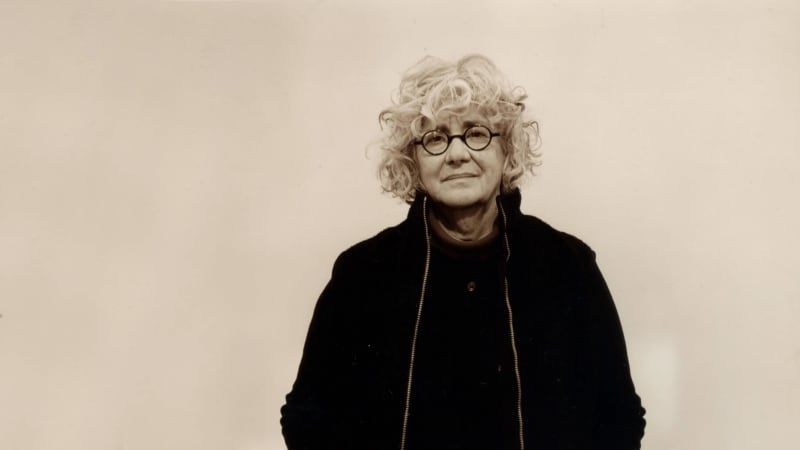Nick Oberthaler Eventuality
Traklhaus
Waagplatz 1a
5020 Salzburg
Opening: Thursday, July 28 at 6.30pm
The Traklhaus, the XVIth century built house where the famous Austrian Poet Georg Trakl (1887-1914) was born, invites Austrian artist Nick Oberthaler for an exhibition.
He is interested in the necessities of painting. – Carl Andre on Frank Stella
Necessity and Eventuality – not his slogan or his artistic motto, but certainly of similar significance for Nick Oberthaler. Someone like him, working today in the field of abstract painting, is constantly confronted in the background with an old and powerful system of necessities and conventions surrounding the painted picture. This keeps open the question of what is necessary if one is to carry on realising possibilities for relevance. For many, this question would itself be irrelevant, as a relict of avant-garde thinking, but for Oberthaler, who has made a close study of the development of painting in recent decades and beyond, the historical dimension plays a definite role, since it is a matter of fundamental aspects of painting: the artist's own application of one colour beside a different colour on a material in a restricted form on a wall in a room before a viewer, and subsequently of what happens or what is signified when individual or all sizes are varied or deactivated. Then he slips into the narrow straits of art-historical referentiality. Or is this a deliberate step into confrontation? Actually, the entire programme comes to mind: the modernist reflection on (image-)seeing, the ironic refraction of this self-exaggerating reflection through postmodernism and postminimalism, the picture's opening up to its spatial context, painting as object and display, Olivier Mosset, Tom Burr, Heimo Zobernig, Marthe Wéry, and so on. Such a wealth of influences increases the risk of comparison, and failure becomes a real and distinct possibility which must be taken into account. The self-doubt of an abstract painter at the beginning of the 21st century, whose earlier works, relating mainly to sub-cultures, are often surrounded by a strangely romantic melancholy, are then only consistent, though they by no means constitute an entire programme. Nevertheless, their presence or their (marginal) thematisation gives Oberthaler's minimalism a decisive psychological turn, which in places seems to lighten once more into self-irony. Take for instance the four oblique parallel lines lying within an invisibly drawn grid and let loose upon four lines going in the opposite direction; but because of their staggered position and divergent colours they absolutely refuse to overlay these, instead, as a significant "X" at their point of intersection, forming a rectangular composition, as though there were no escape from the grid. This is slapstick and despair, lightness and aporia. Even the mirrors frequently used as picture equivalents or supports, with the aim of spatial expansion, attacking the dogma of the two-dimensional picture, then become simple objects that merely return a dull reflection to the view. Similarly the deconstruction of a mirror-screen, originally planned in three parts, which in an earlier exhibition[i] divided the room with impressive elegance, and now in its separate parts has lost something of its dignity, but seems more flexible, unpredictable and "mercurial". There is a strong signal here – showing, as in the new works consisting of waste material, the quintessence of the exhibition: more is possible; abstraction is not yet finished. In the event...
Maximilian Geymüller
[i] RIDEAUX/blinds, Institut d'Art Contemporain/FRAC Rhône-Alpes, Villeurbanne/Lyon, 6 February – 3 May 2015














































































































































































